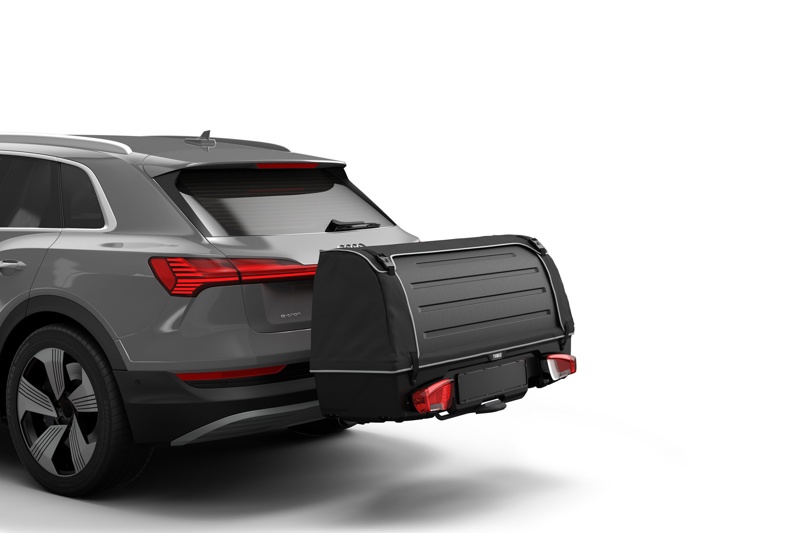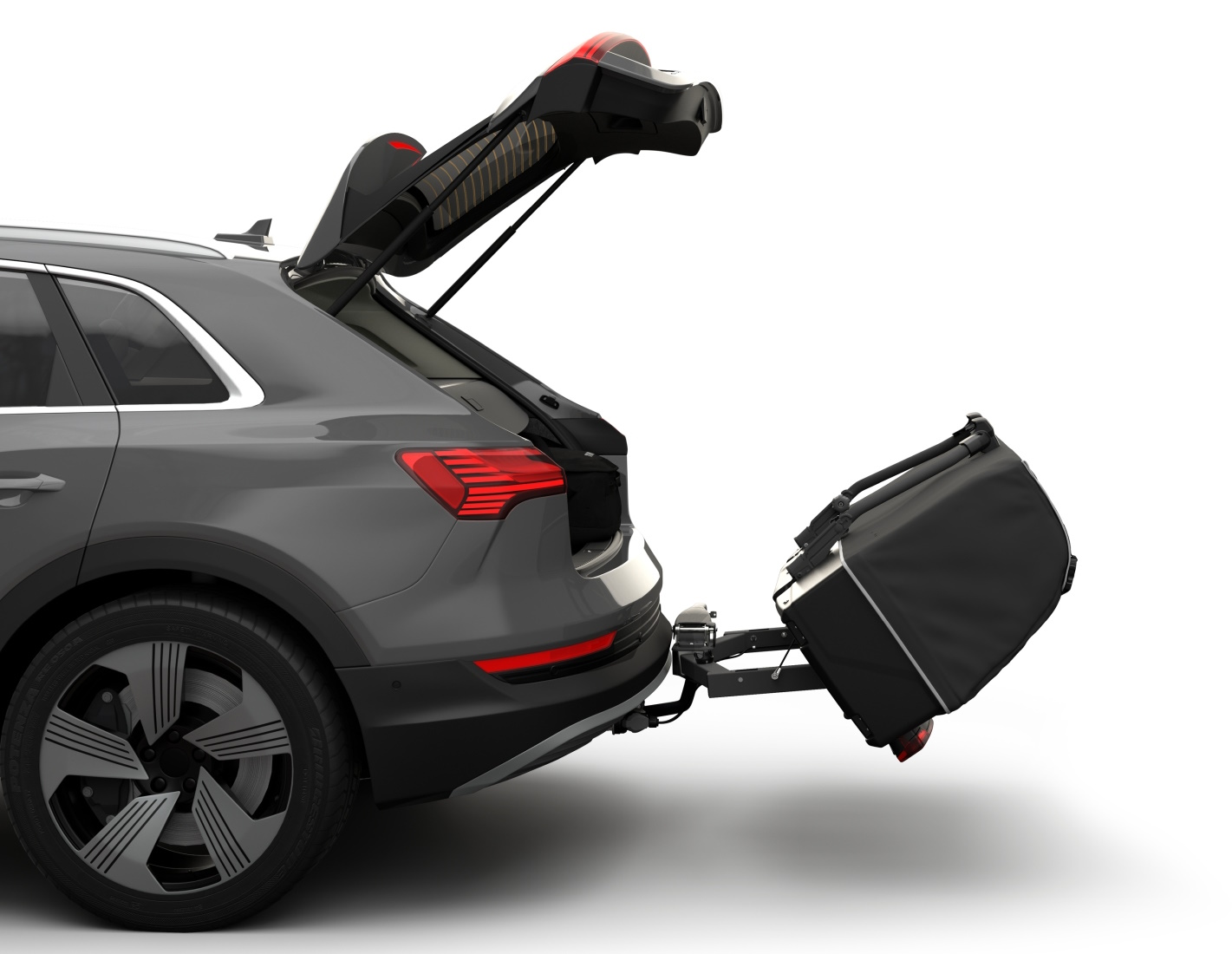Hitch Cargo
If you need to transport extra gear or luggage with your vehicle but don't have enough space inside or on the roof, consider using a hitch cargo carrier.
A hitch cargo carrier is a device that attaches to the rear of your vehicle using a trailer hitch and allows you to carry various items outside your car. Hitch cargo carriers can be helpful for road trips, camping, moving, or any other situation where you need more cargo capacity. However, hitch cargo carriers also have some limitations and challenges you must know before using them. In this article, I will explain what types of cargo you can have on the hitch, the limits, and the possibilities of hitch cargo carriers.
Types of Hitch Cargo
Depending on the carrier’s shape, size, material, and design, there are different hitch cargo carriers. Some of the most common types are:
Basket
A basket-type hitch cargo carrier is a simple and versatile option that consists of a metal frame with a mesh or solid floor. It can hold various items, such as boxes, bags, coolers, or bikes, as long as they are secured with straps, nets, or bungees. A basket-type hitch cargo carrier can also be used with a cargo bag or box to protect the items from weather and theft.
Curt Cargo Carrier
Box
A box-type hitch cargo carrier is a more secure and weather-resistant option with an attached hard-shell or soft-shell container. It can hold various items, such as luggage, camping gear, or sports equipment, and keep them dry and safe from dust, dirt, and theft. A box-type hitch cargo carrier can also be locked with a key or a combination lock for extra security.
Thule Cargo Box on Audi e-tron
Rack
A rack-type hitch cargo carrier is a specialized option that consists of a metal frame with bars, hooks, or slots that can hold specific items, such as bikes, skis, snowboards, or kayaks. It can have multiple items of the same type and allow easy access and loading. A rack-type hitch cargo carrier can also be used with a hitch adapter or an extension to increase the clearance or capacity.
Porsche Taycan Cross Turismo with bike rack
Mercedes EQC with bike rack
Limitations of Hitch Cargo
While hitch cargo carriers can offer many benefits, they also have some limitations you must consider before using them. Some of the limitations are:
Compatibility
Not all hitch cargo carriers are compatible with all vehicles or all trailer hitches. You need to check the specifications and the ratings of the carrier and the hitch and ensure they match. For example, you need to check the size and the class of the hitch receiver, the tongue weight limit, the hitch pinhole location, and the clearance from the bumper. You must also check the vehicle’s manual and the carrier’s instructions for any warnings or restrictions.
Weight Capacity
Hitch cargo carriers have a maximum weight capacity that they can support, and you need to respect that limit to avoid damaging the carrier, the hitch, or the vehicle. It would help if you also considered the carrier’s weight and the load’s weight distribution. You must balance the load evenly and avoid overloading the vehicle’s rear axle. You must also check the tire pressure and the vehicle’s suspension and adjust them if needed. Typically, the maximum weight supported by the hitch is 75 or 100kg.
Access to Vehicle
Hitch cargo carriers can block or limit access to the vehicle’s rear, such as the trunk, the tailgate, or the spare tire. This placement can be inconvenient or problematic if you need to open or close the rear door or have a flat tire. Some hitch cargo carriers have a folding or swinging feature that can allow you to move the carrier out of the way without unloading it, but this can also affect the stability and safety of the carrier. You need to check the carrier’s design and the vehicle’s dimensions and ensure they are compatible.
Thule Cargo Box folded away on Audi e-tron
Possibilities of Hitch Cargo
Despite the limitations, hitch cargo carriers can offer many possibilities and advantages to make your transportation and towing experience easier and more enjoyable. Some of the possibilities are:
Versatility
Hitch cargo carriers can be used for various purposes and occasions, such as road trips, camping, moving, or any other situation where you need more cargo capacity. You can also use different hitch cargo carriers, depending on the items you want to carry and the features you want to have. You can also switch between different hitch cargo carriers as long as they are compatible with your vehicle and your hitch.
Stability
Hitch cargo carriers can provide more stability and safety than other carriers, such as roof racks or rooftop carriers. This is because hitch cargo carriers are closer to the ground and the vehicle’s center of gravity. Hitch cargo carriers can also reduce the load’s noise and vibration and prevent the items from falling off or flying away.
Visibility
Hitch cargo carriers can also improve the visibility and awareness of the driver and the other road users, compared to other cargo carriers. Hitch cargo carriers can also have reflectors or lights attached to them to increase the visibility and the safety of the vehicle and the load.
Efficiency
Compared to having a box on the roof, a hitch box can increase efficiency because they do not affect the aerodynamics or the vehicle’s wind resistance In the below video, the EV Guru, Bjørn Nyland, compares energy consumption on roof box vs hitch box.
Most sold EVs globaly
Below, you find the top 10 most-sold EV models in the world. Click on the name for full info.




